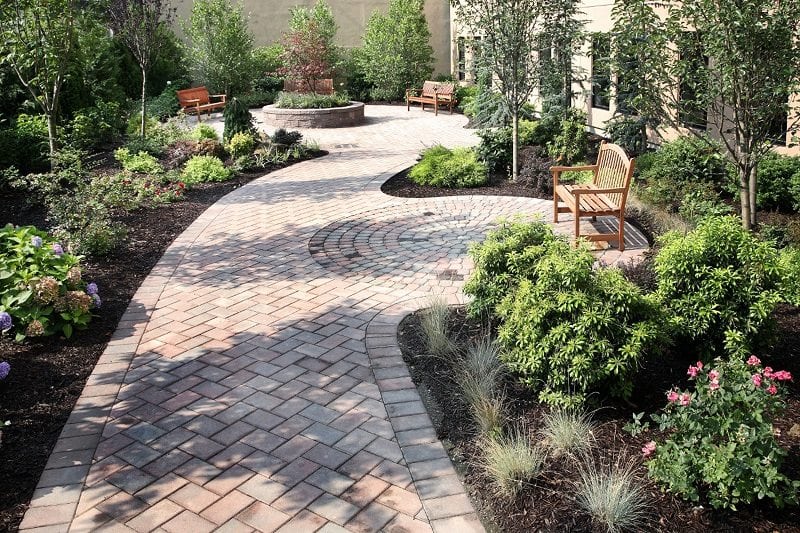Hardscaping has become the trendy thing to do for landscaping design. Hardscaping is more than just trendy though; there are many practical benefits, such as easy paths and less water. Paths are practical additions to landscaping design with hardscape features, but adding a path to your home is more than just covering a trail with stone. You want to consider things like lighting, plants and landscaping design details. Here are 6 ways to create awesome hardscaping paths that look like they belong in your landscaping design:

1. Lighting Entrances Up Along Your Paths
Make sure your paths have plenty of light. Lighting around paths is important because you want to make sure that people can see where they are going during low light conditions. In addition, you can use strategically placed lighting to help highlight entrances to paths, structures and other design features. Landscape lighting can spotlight, accent and remove shadowy areas around your home.
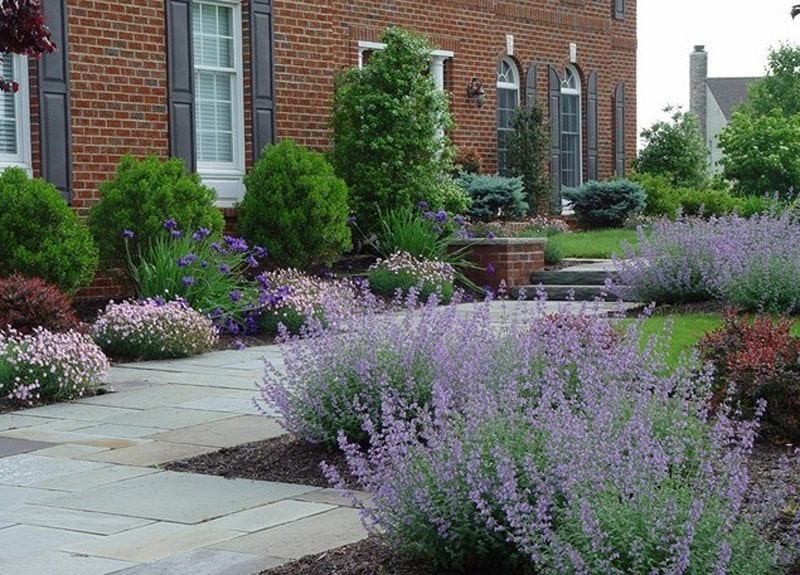
2. Mixing and Matching Plants to Line Paths with Colors
Today, there are many different choices of hardscaping materials to use when creating paths. When choosing the plants that will line your walkways, choose plants that work well with the design. By combining different flowering plants and shrubs you can ensure that your path will stay surrounded by a lush feel and everchanging colors. Add some grasses and herbs along your path to add height and fragrance.
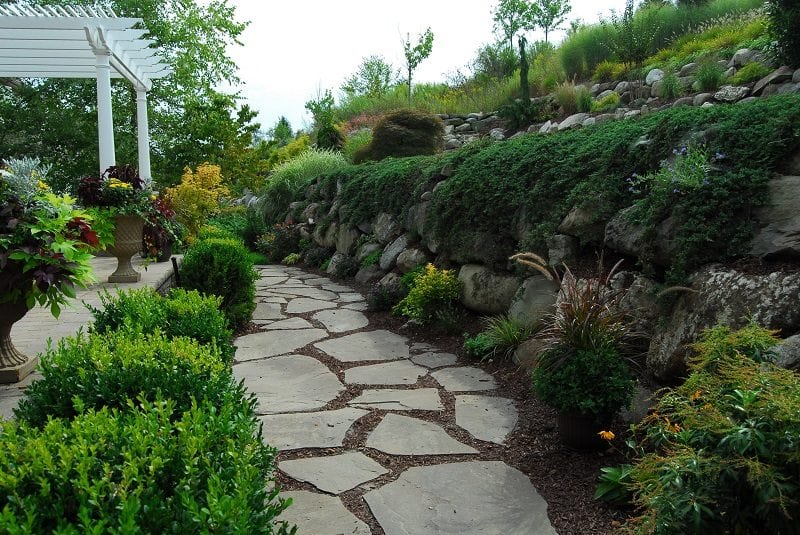
3. Make the Entrances to Paths Standout with The Addition of Arbors
The entrances to paths are important in hardscaping design and should be shown off. If you want to make the entrances of paths noticeable, consider using an arbor or other architectural features to make them standout. An arbor with climbing flowers will create a romantic garden feel while stone pillars with landscape lighting will make a stately effect.
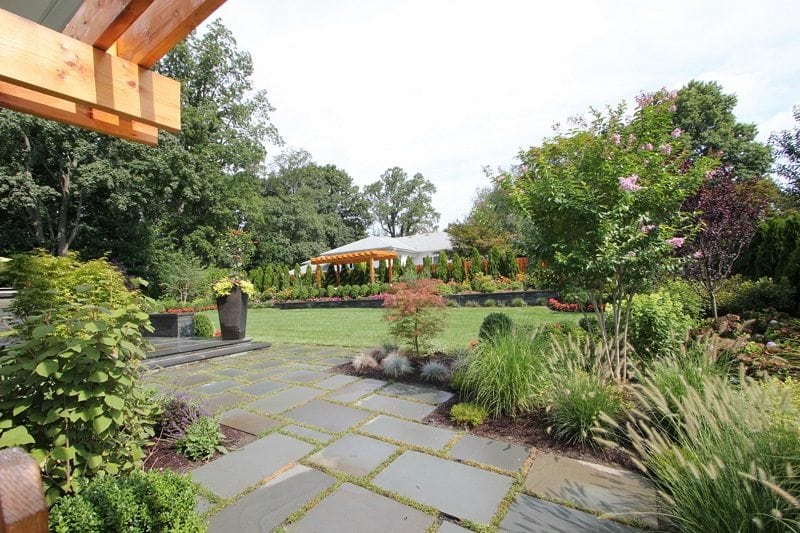
4. Making the Best Choices of Materials for Different Types of Paths
When it comes to the materials used as paving for paths, you want to use durable materials. It is important to choose the right materials; materials that will work with the design elements of your home and last in your landscape. For areas with heavy traffic or vehicle parking utilize materials with a low rate of compaction. Choosing the right materials will keep your path in place and looking its best.
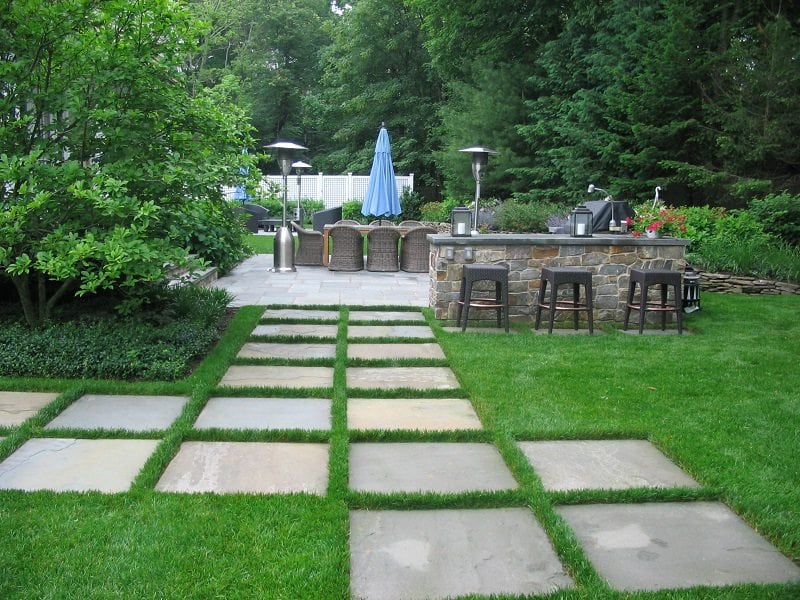
5. Designing Paths for Specific Uses and Avoiding Undersized Walkways
There are different uses for paths; connecting modes of egress, walkways to outdoor entertainment areas and paths surrounding gardens. No matter the use of your path, make sure that the design of it is wide enough for its intended purpose. Smalls paths limit the amount of space you will have to maintain plants and flowers that surround the area. Larger walkways should be designed at entrances and paths to outdoor kitchen and living spaces.
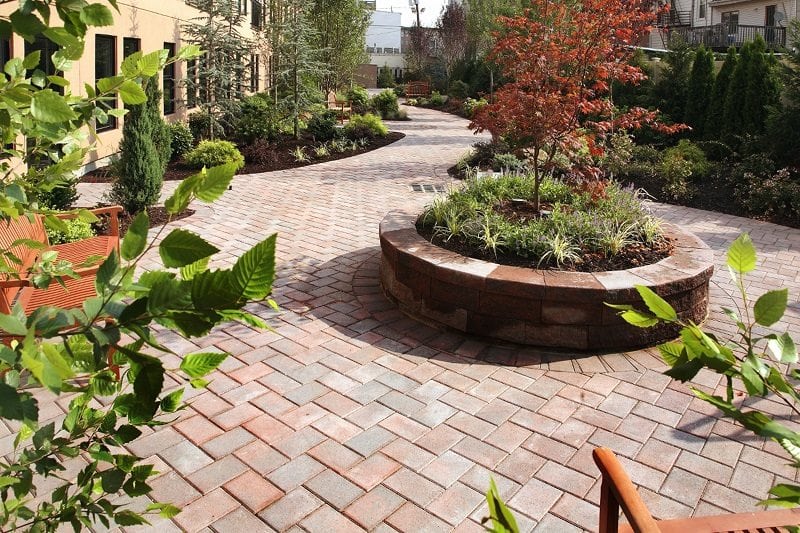
6. Benches and Finishing Touches to Complete Walkways
Decorating your path with plants is a must but creative touches along the way will make your walkway stand apart. Build stone benches into your design or extend your path over a water feature with a bridge. Create a border around your path with a straight edge or give your path a more natural feel by allowing plants to grow over the edge.
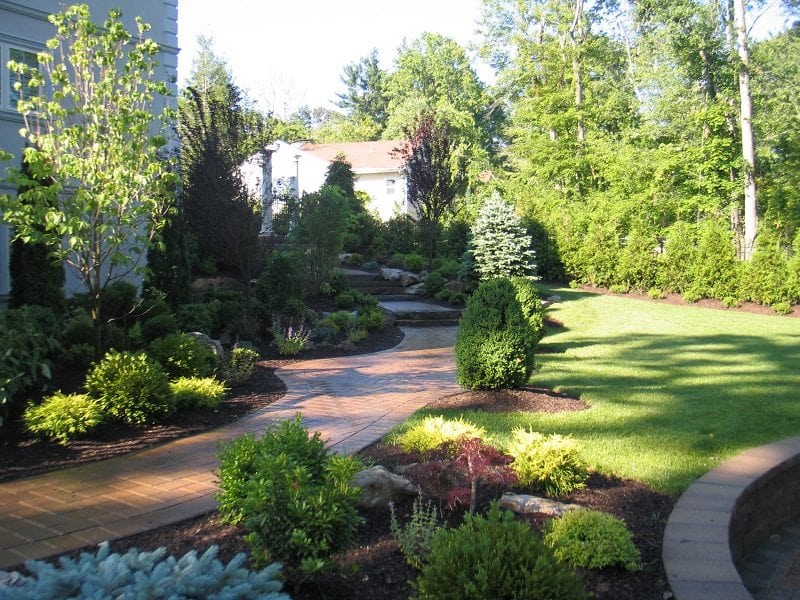
With the right hardscaping, your garden paths will be the perfect addition to your landscape. Contact us for help including paths and special features around your custom landscape design.

